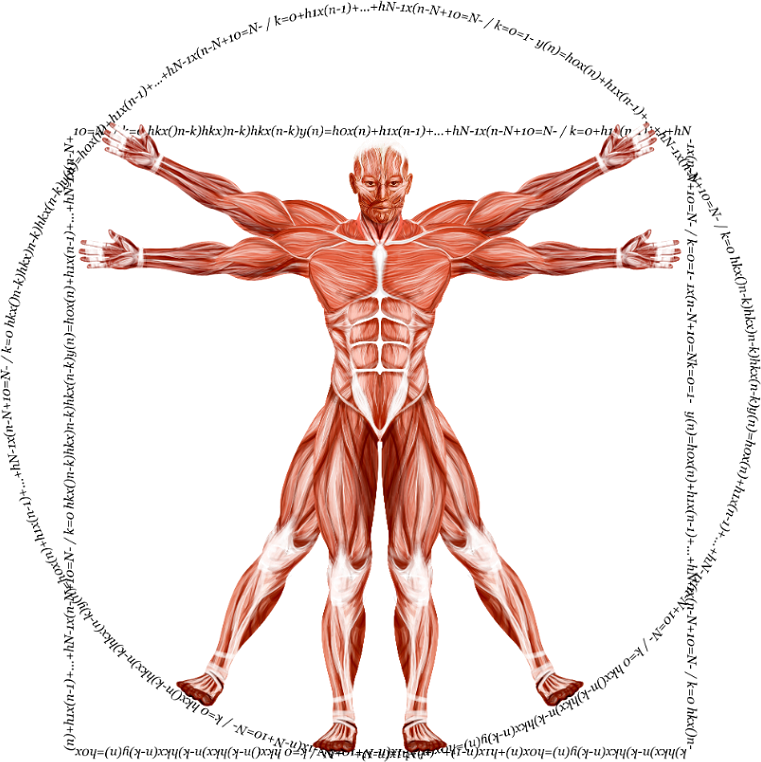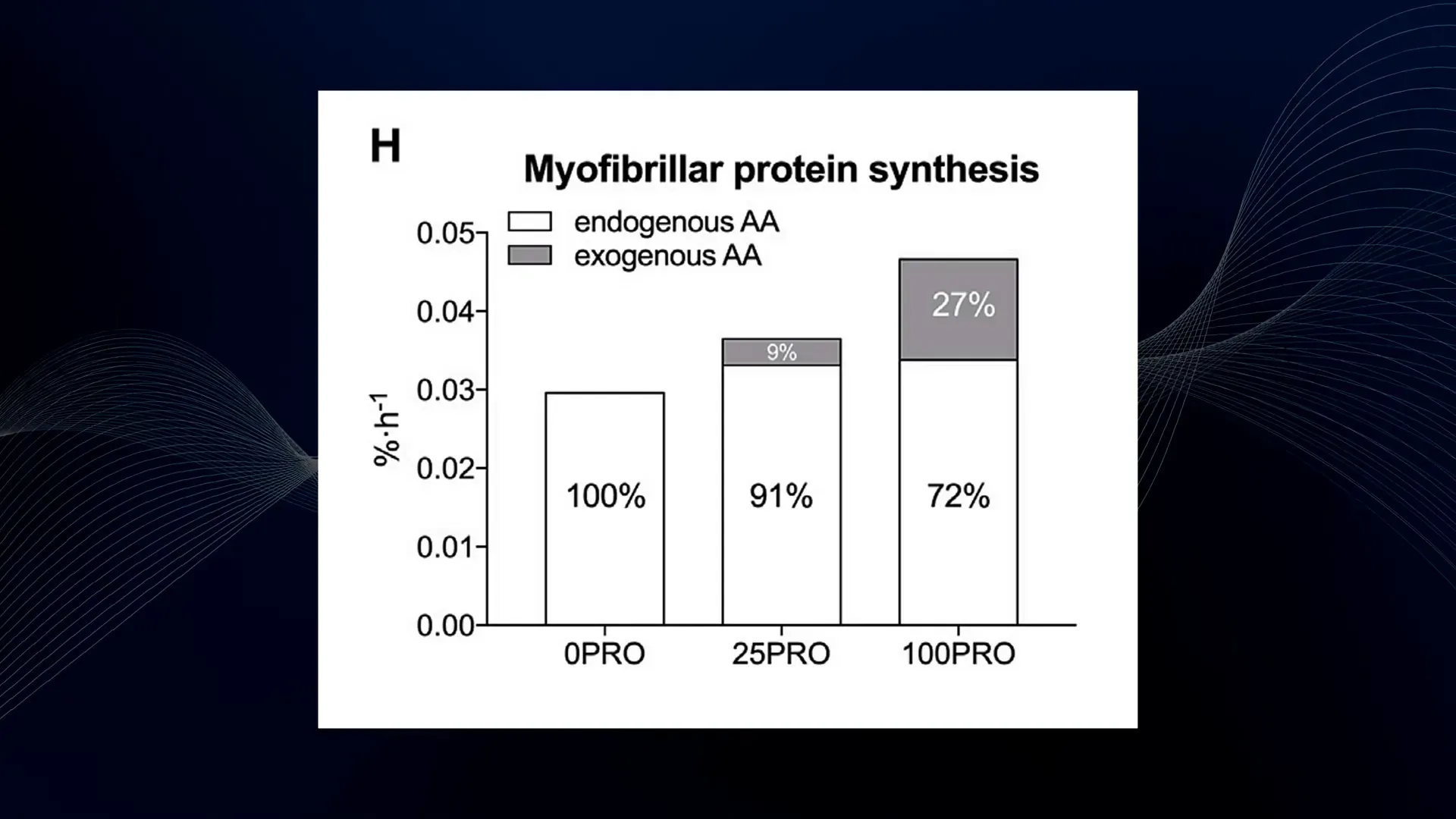![The Ultimate Guide to Protein: Science-Based Facts for Muscle Growth & Fat Loss [2024]](/api/files/image/cm5kfv4uo031c9s74cxjzvn74/thumbnail.jpg)
The Ultimate Guide to Protein: Science-Based Facts for Muscle Growth & Fat Loss [2024]
Protein plays a crucial role in muscle growth and fat loss. The first 20g of protein triggers a clear anabolic response, with diminishing returns up to 40g. Beyond this, the anabolic response plateaus, though recent research challenges traditional beliefs about protein utilization.

Muscular man logo stretching arms

Bald man in white dress shirt

Man sips protein shake at gym
Your body processes protein through four main steps:
- Ingestion - Breaking down food
- Digestion - Stomach acid and enzymes unravel protein bonds
- Absorption - Amino acids enter bloodstream
- Utilization - Proteins are synthesized or converted to energy

Bearded man gesturing with hand
Recent studies show larger protein doses (100g vs 25g) can enhance muscle protein synthesis over 12 hours. The body efficiently uses protein, with minimal oxidation even at higher intakes.

Bearded man wearing white t-shirt

Man with beard looking sideways

Bar chart showing muscle protein synthesis
Practical recommendations:
- Aim for 4 protein-rich meals daily
- Include protein in post-workout meals
- Focus on total daily intake rather than strict timing
- Choose high-quality protein sources (lean meats, dairy, eggs, legumes)
- Consider adding pre-sleep protein for overnight recovery
For optimal results, consume 1.6-2.2g of protein per kg of body weight daily. While timing matters less than total intake, consistent protein consumption throughout the day supports muscle growth and fat loss goals.

Muscular man logo stretching arms
Related Articles
Expert SEO Title: The Ultimate Guide to Building Muscle Fast: Training, Diet & Science-Based Workouts The title reflects core keywords and search intent while maintaining proper length and clickability. It: - Keeps the main keyword "Building Muscle" - Adds "Ultimate Guide" to signal comprehensiveness - Includes key subtopics (Training, Diet, Workouts) - Adds "Science-Based" to build authority/credibility - Maintains focus on speed ("Fast") which matches search intent - Uses natural language and proper formatting The title balances SEO optimization with readability and accurately represents the in-depth content while being compelling for the target audience.

